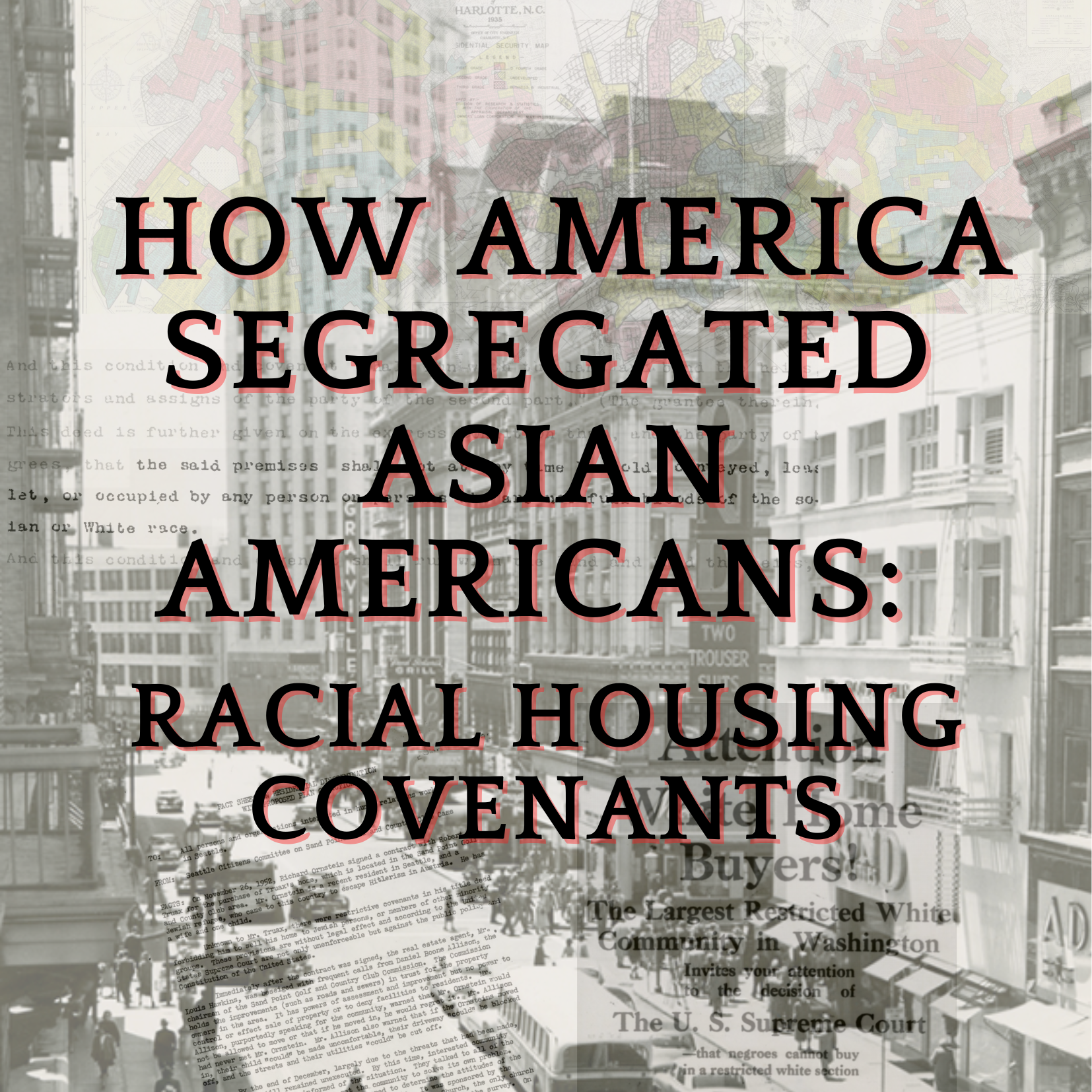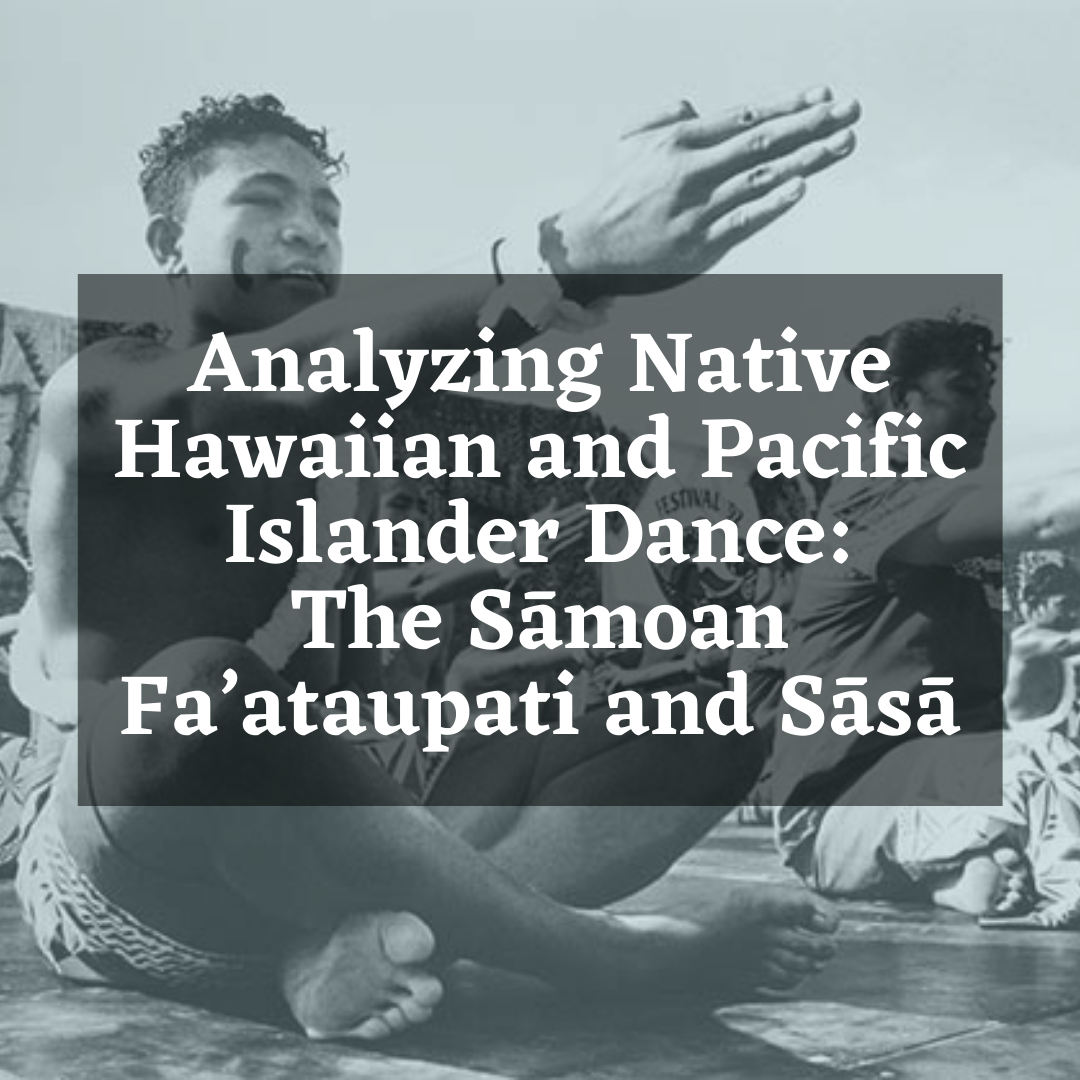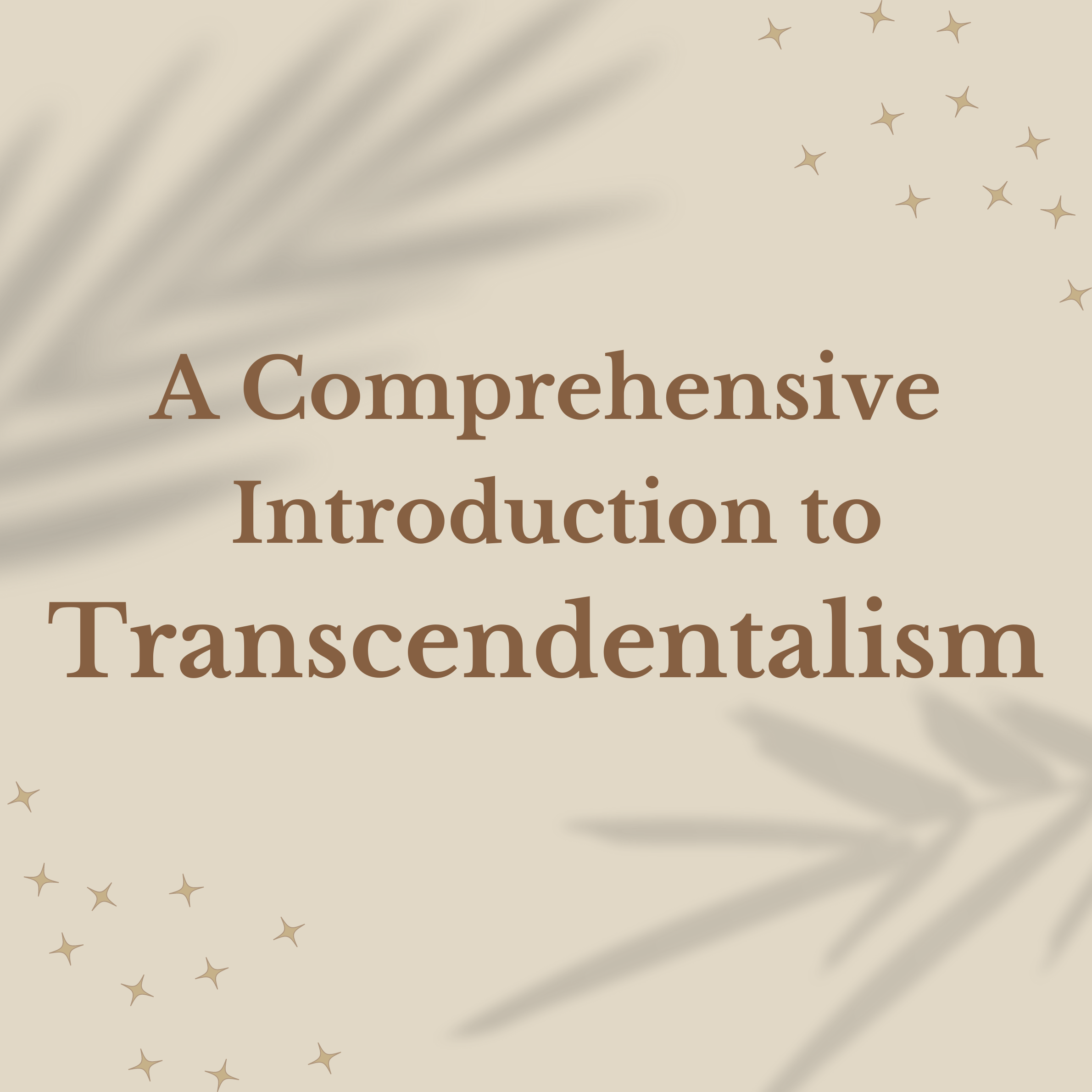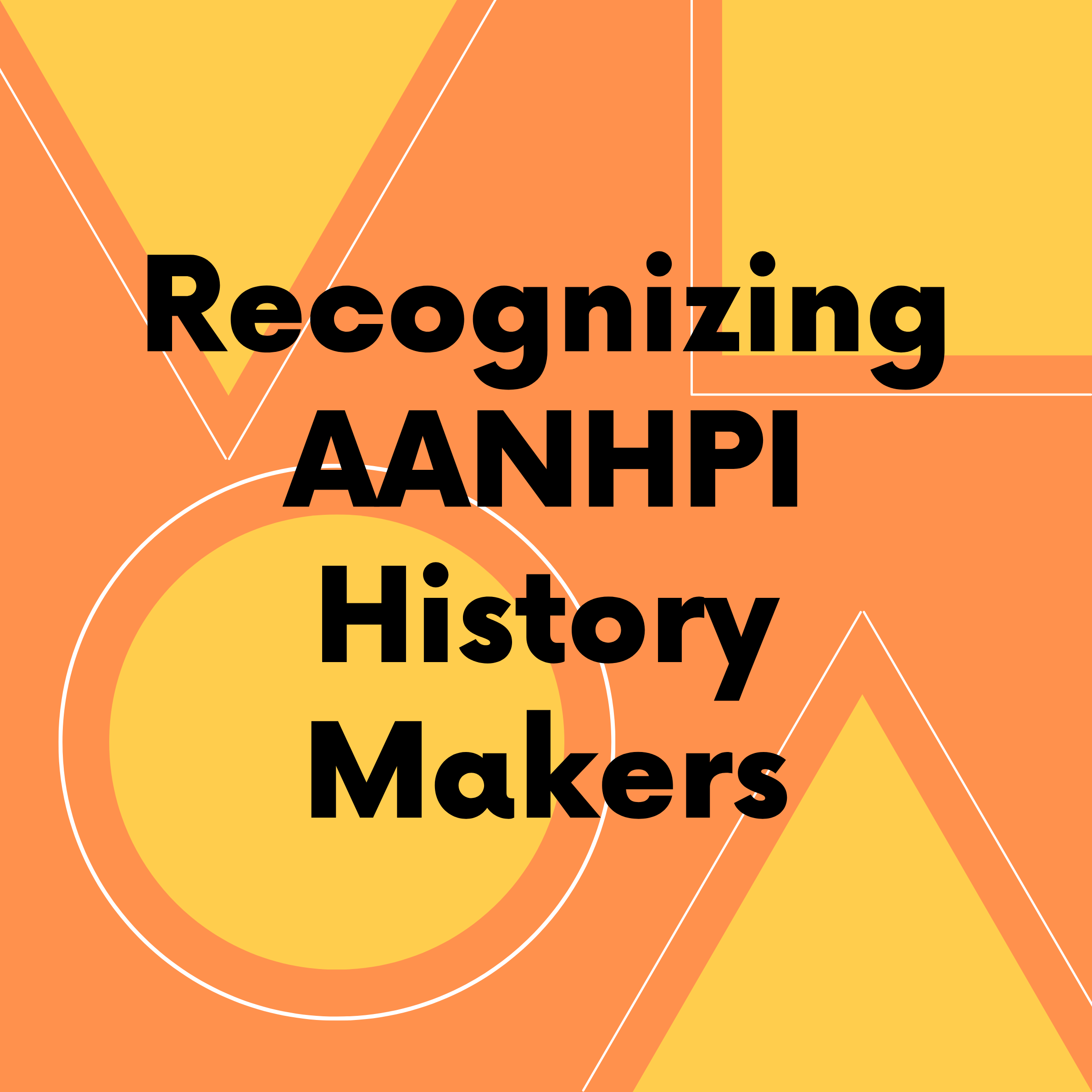Lesson Plans
We want the process of incorporating BIPOC voices and building an anti-racist classroom to be as accessible to educators as possible. That’s why our lesson plans are aligned with national education standards, designed to be flexibly integrated into your existing class curriculum, and include a variety of activities (including interactive slides that can be shared with your students). Whether you use these as stand-alone lessons or adopt a whole lesson plan series, we hope these resources will help you build an empowering community alongside your students. Check back often, we are always releasing new lesson plans!
Grade Level Standards Met

A Tale of Two Cities: Bronzeville, Little Tokyo & Post WWII Racial Geographies
In this lesson, students will engage with a key text to explore the impact of structural racism through the lens of state-sanctioned displacement, WWII Japanese Incarceration, and pervasive anti-Blackness within the Bronzeville/Little Tokyo neighborhood of Los Angeles.

Interior Chinatown
This lesson plan series centers Charles Yu's novel Interior Chinatown, and is appropriate for high school English classes like American Literature or AP Literature. The story is written in the format of a script and follows a man who is forced to play the part of "Generic Asian Man" on a cop show. The book addresses anti-Asian stereotypes in American culture and media, race, the institution of police in America, gender, and class. The unusual narrative style of the book invites discussion about how narrative can further the plot and message of a book.

How America Segregated Asian Americans: Racial Housing Covenants
In this lesson, students will learn about racial housing covenants, a tool used by the FHA and landlords all over the country to residentially segregate Asian Americans and other marginalized groups for the better part of the 20th century. By examining primary and secondary resources, including Supreme Court cases and racial covenants themselves, students will explore the role of de jure policies in perpetuating socio-economic disparities among Asian Americans.

Breaking the Stigma: AANHPI Mental Health
Best fit for health classes, students will learn about the complex cultural, political, and economic factors that affect diverse AANHPI groups and their mental health. Through multiple interactive activities such as discussions, lectures, videos, and projects, students will create a pamphlet on AANHPI mental health for their community, teaching students that their knowledge has the power to positively impact the world!

Exploring Classroom Identities and Intersectionality through an Asian Jewish Lens
Often, people have an incomplete idea of the nature of different identities, such as Asian and Jewish identities. In this lesson plan, students will explore identity and intersectionality and apply it to Asian Jewish experiences and their own lives. Through videos, discussions, worksheets, and a project, students will gain a greater understanding of what it means to hold multiple identities.

Exploring the History, Culture, and Symbols of the Parsi People
The Parsi people are an ethnoreligious group living in India and are a community that is vibrant and has a rich history. Parsis practice Zoroastrianism, which originated in Ancient Persia and is one of the oldest religions in the world. In this lesson, students will explore the history and modern traditions of Parsis and Zoroastrianism by learning about the New Year, Nowruz. Students will practice analysis, research, and presentation by analyzing and explaining symbols relating to Nowruz and in their own cultures.

Deconstructing and Analyzing the Model Minority Myth in the U.S.
The model minority myth is a stereotype to which people of Asian descent are too frequently subjected. This lesson plan defines and debunks the myth at the elementary level. Students will compare different ways in which people experience the effects of this stereotype through short anecdote comparison in order to gain a more nuanced understanding of how such stereotypes are designed to harm others.

Geography, the Compass, and Navigation
This lesson will expose students to geography and mapmaking, the compass and magnetism, and navigation. Students will explore how maps can be useful for making sense of the world by exploring the development of languages in southern India and their influence on each other due to geographic proximity.

Analyzing Native Hawaiian and Pacific Islander Dance: The Sāmoan Fa’ataupati and Sāsā
The fa’ataupati (fa-ah-tau-pah-tee) and the sāsā are two forms of dance from the Polynesian islands of Sāmoa. While these dances have transformed into energetic and passionate performances showcased around the world, their significance in reflecting the Sāmoan culture and community still sits at their foundations. In this lesson plan, students will analyze various print and digital resources about the fa’ataupati and the sāsā to learn about the elements of the dances and to complete a note-taking graphic organizer.

Studying Pacific-Centered World Maps and Pacific Islander Navigation
World maps are posted on the walls in classrooms everywhere, but the orientation of maps are usually seen in a format where the Pacific Ocean and the Pacific islands are split to the ends of the map. Tupaia (too-pah-ee-ah), a high priest and navigator from the French Polynesian island of Ra'iātea (rye-eh-ah-teh-ah) defied this norm when he created a famous map centralized on the South Pacific as he sailed with Captain James Cook on the Endeavour. In this lesson, students will discuss their thinking about world maps that are centered on the Pacific Ocean, learn about Tupaia and his map, and create their own map of a place that is important to them.

Marshallese Folklore
At the end of this lesson, students will learn about the role of stories in Marshallese culture. They will be able to distinguish between different types of stories and the common structures of some stories. Students will also practice reading comprehension and analysis skills by reading two different Marshallese stories passed down by elders. Students will also have the opportunity to view an elder telling one of the stories provided, identifying visual and verbal cues to determine the tone and meaning of the story. Finally, students will be assessed on their comprehension and analysis skills with a fun drawing activity or an alternative quiz assessment.

The Most Beautiful Thing
This lesson plan is based on the book, The Most Beautiful Thing, which portrays the culture and history of the Hmong people. Weaving together a young girl named Kalia’s story with that of her beloved grandmother, the book moves from the jungles of Laos to the family’s early years in the United States. Included are several tools that you can use to introduce your students to the book, including instructions for when to use them. Each activity is designed to be flexible in terms of timeline and length.

1974 San Francisco Jung Sai Workers’ Strike
In this lesson, students will develop a nuanced understanding of how the labor struggle extended into the 20th century by analyzing the 1974 Jung Sai Workers’ Strike and exploring the labor environment that catalyzed the strike. Students will compare and contrast the event with other American strikes by engaging with a variety of primary and secondary sources regarding labor strikes.

Perception of the Sacred: Mauna Kea and the Thirty Meter Telescope
In this lesson plan, students will learn about the controversy surrounding the construction of the Thirty Meter Telescope (TMT) on the summit of Mauna Kea in Hawaiʻi. The TMT is a large ground-based infrared observatory that is proposed to stand 18-stories high and occupy 8-acres of undeveloped land on the northwest slope of Mauna Kea, a sacred space to many Native Hawaiians. Through a series of reflections, discussions, lectures, and assignments, students explore the connection between colonialism and perception of the sacred using this controversy as a template.

Bengal Famine of 1943
In this lesson, students will learn more about the Bengal Famine of 1943, as well as the context leading up to this event and its subsequent ramifications. It is best fit for students in grades 6-8 and includes a variety of activities, discussion prompts, and assignments that can help guide the students in the process of analyzing this historical event. Students will be expected to review primary sources and engage in dialogue that strengthens investigative skills and centers imperial policies, practices, and effects, such as this famine, in the greater context of our modern world.

Angel Island: The Asian Immigrant's Experience in the U.S.
In this lesson, students will learn about Angel Island to supplement their understanding of immigration policies and the history of immigration in America. Students will engage with images and texts describing the development and impact of the Angel Island Immigration Station, and compare Angel Island to Ellis Island as a way to apply various historical thinking skills.

A Comprehensive Introduction to Transcendentalism
In this lesson plan, students will learn about the literary Transcendentalism movement in America, from the key concepts and characteristics of Transcendentalism to the most important figures of the movement. Students will practice literary analysis through SOAPSTones, reflective journaling, class discussion, and rhetorical analysis. Additionally, students will learn about the Asian cultural and religious ideologies that influenced Transcendentalism (e.g. Hinduism and Confucianism) to develop a comprehensive understanding of Transcendentalism’s origins and impact.

Recognizing AANHPI History Makers
In this lesson, students will participate in a “Wax Museum” type activity to learn about significant AANHPI figures and their contributions to American society. Students will develop research skills, engage in discussions, and answer questions about a figure that they have researched. This allows students to learn about various prominent figures who belong to different communities through an interactive role-playing and research activity.

Practicing Poetic Analysis with Native Hawaiian Poetry
In this lesson plan, students will get to learn and practice rudimentary poetic analysis skills through the examination of two poems by contemporary Native Hawaiian authors. The poems are presented in both written and spoken word formats (relayed via video). Students will learn about important aspects of Native Hawaiian culture and the impact that language erasure and colonialism has had on these communities.

The Story of Zero
In this lesson plan, students will learn how the concept of zero came to be, in particular thinking about its origins in India. Through games, videos, lectures, and worksheets, students will utilize this knowledge to make conclusions about the importance of honoring diverse mathematicians while putting zero into practice in mathematical operations.
Ideas for future lesson plans or topics? Want to share your knowledge and collaborate with Diversify Our Narrative?

